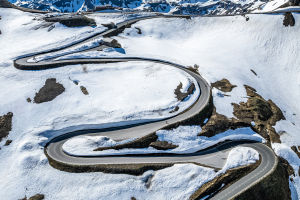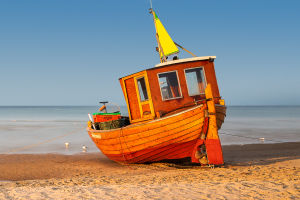Patagonia is a unique region covering a vast area of southern Chile and Argentina, with varied terrain and microclimates that challenge and surprise hikers of all abilities.
The Patagonia region is marked by a temperate continental climate, featuring persistent drought and minimal rainfall throughout the year. Its summers are hot, while its winters are cold, with significant temperature fluctuations.
To the east, Patagonia encompasses vast tablelands, creating a desert and semi-desert landscape. Conversely, the western part of Patagonia is defined by the imposing Andes Mountains, acting as a barrier to oceanic westerly winds.
As the land slopes eastward towards the Atlantic Ocean, it displays evidence of ancient glaciers' shaping, evident in ice erosion valleys and moraine mounds. Modern arid conditions further sculpt the terrain. Despite its desert status, Patagonia's climate, known as the "terroir plateau," is moderated by its narrow continental expanse, sheltering Andean presence, and the frigid Falkland current along the coast.
Despite its desert classification, Patagonia doesn't experience extreme temperature lows or highs. July averages range from 0°C to 4°C, while January averages span 12°C to 20°C, reflecting the region's relatively temperate climate throughout the year.
Patagonia encompasses more than just vast grasslands and iconic gauchos; it's a diverse region spanning 402,734 square miles. Hikers exploring this rugged terrain will encounter a mesmerizing landscape of glacial rivers weaving through scrublands and ancient forests. Lakes, varying in shades from light to dark blue, punctuate the scenery, while the Patagonian Mountains, particularly on the Chilean side, showcase rolling slopes adorned with gleaming glaciers.
For those venturing off the well-trodden paths, safety precautions are paramount. Inform someone of your intended route, equip yourself with a sturdy tent to withstand the notorious Patagonian winds, and pack essential supplies. Given the region's unpredictable weather, all-weather gear is indispensable, as you may encounter all four seasons in a single day.
Hiking in Patagonia and Tierra del Fuego, included in this list, is best during the peak and shoulder seasons, spanning from November to late March. These months offer the most favorable weather conditions for outdoor exploration, ensuring a safer and more enjoyable hiking experience.
Los Glaciares National Park is one of the most scenic and challenging hikes in Patagonia. We can only access it on less windy days, and it is the most challenging route of any full-day hike around El Chaltén, the compact hiking capital of southern Argentina.
The well-marked trail runs from the northern end of El Chaltén's main street through southern beech woodland, past turquoise Laguna Capri, and through boggy terrain to the popular Camapamento Poincenot for hikers.
A steep, exposed trail winds up the mountain to a glacial lagoon, where you can enjoy excellent views of Cerro Fitz Roy, a mountain shaped like jagged teeth, rising to 11,171 feet (3,405 meters).
Whether you want to go on a multi-day hike through pristine wilderness, hike from lodge to lodge in an epic national park, or work on a different day hike before returning to the comfort of your boutique hotel, Patagonia has much to offer.
To summarize, Patagonia is a unique and breathtaking region, covering a vast area of southern Chile and Argentina, with varied terrain and microclimates that challenge and surprise hikers of all abilities.
Whether you are an experienced hiker or a beginner, there is something for everyone in Patagonia.


